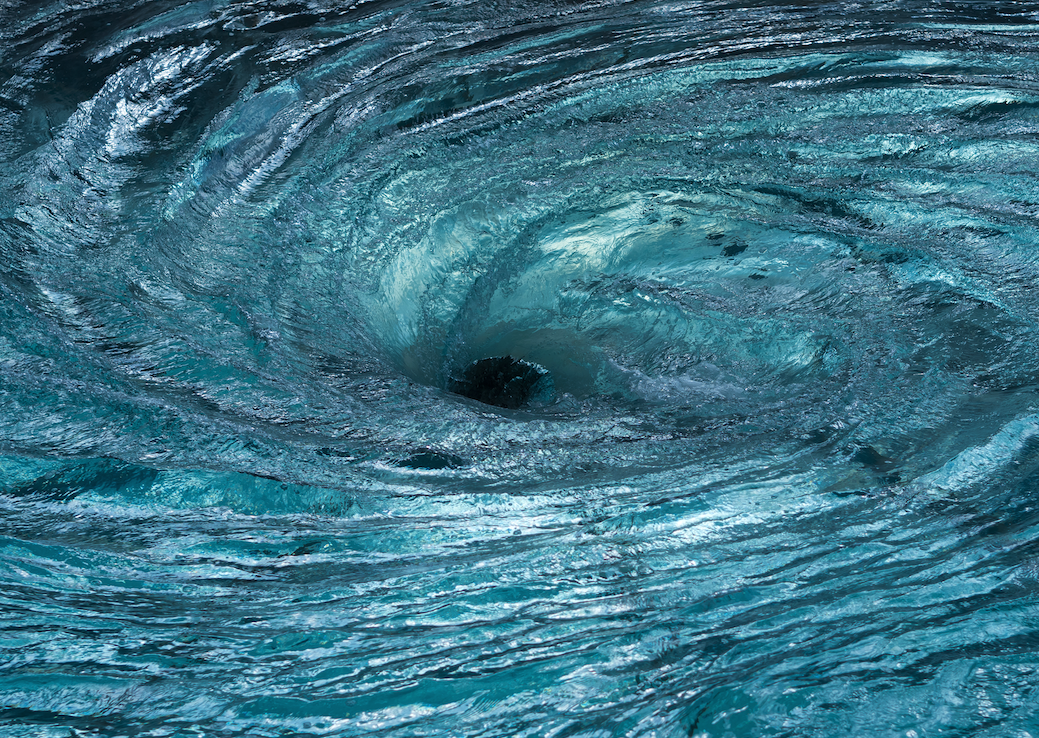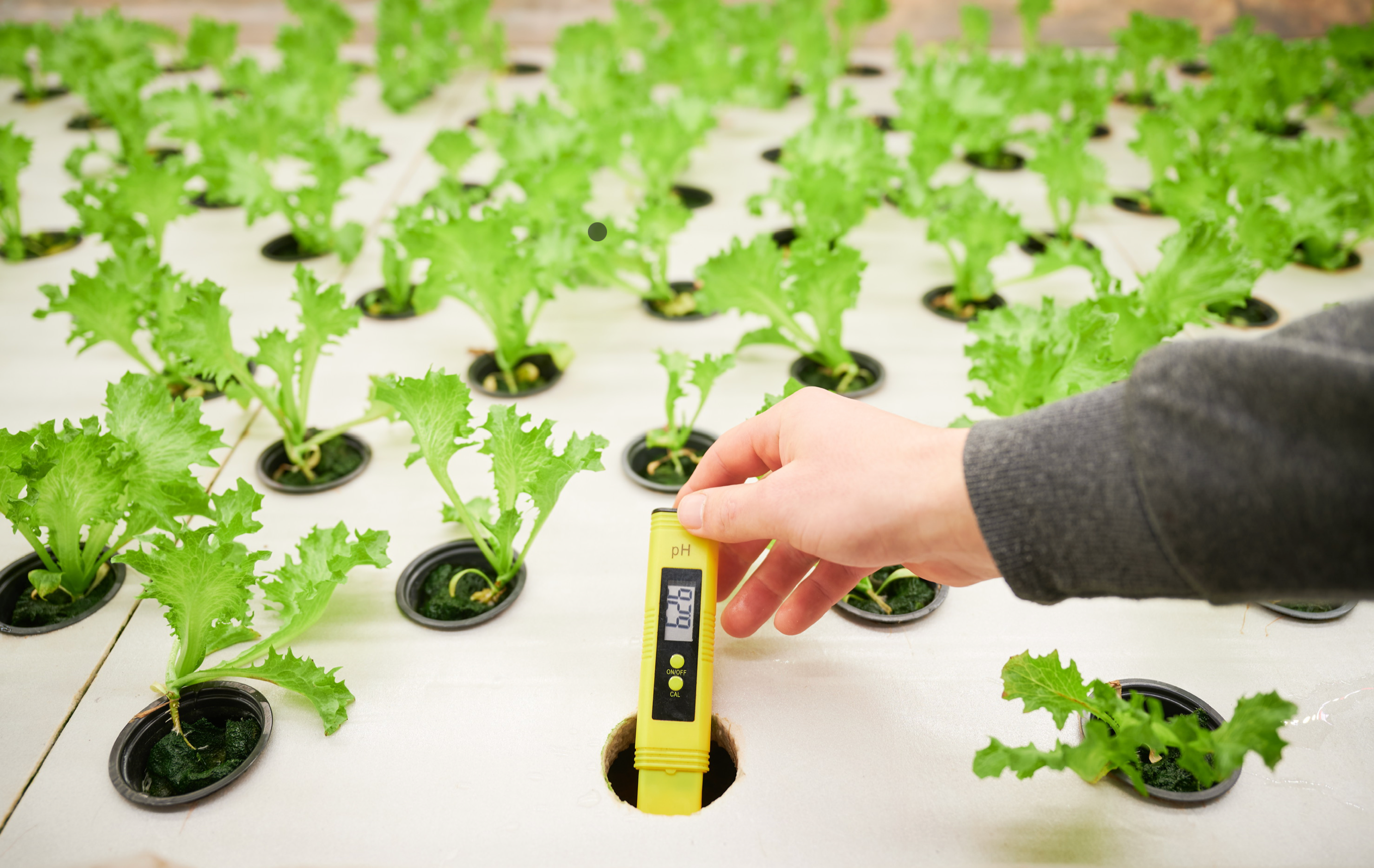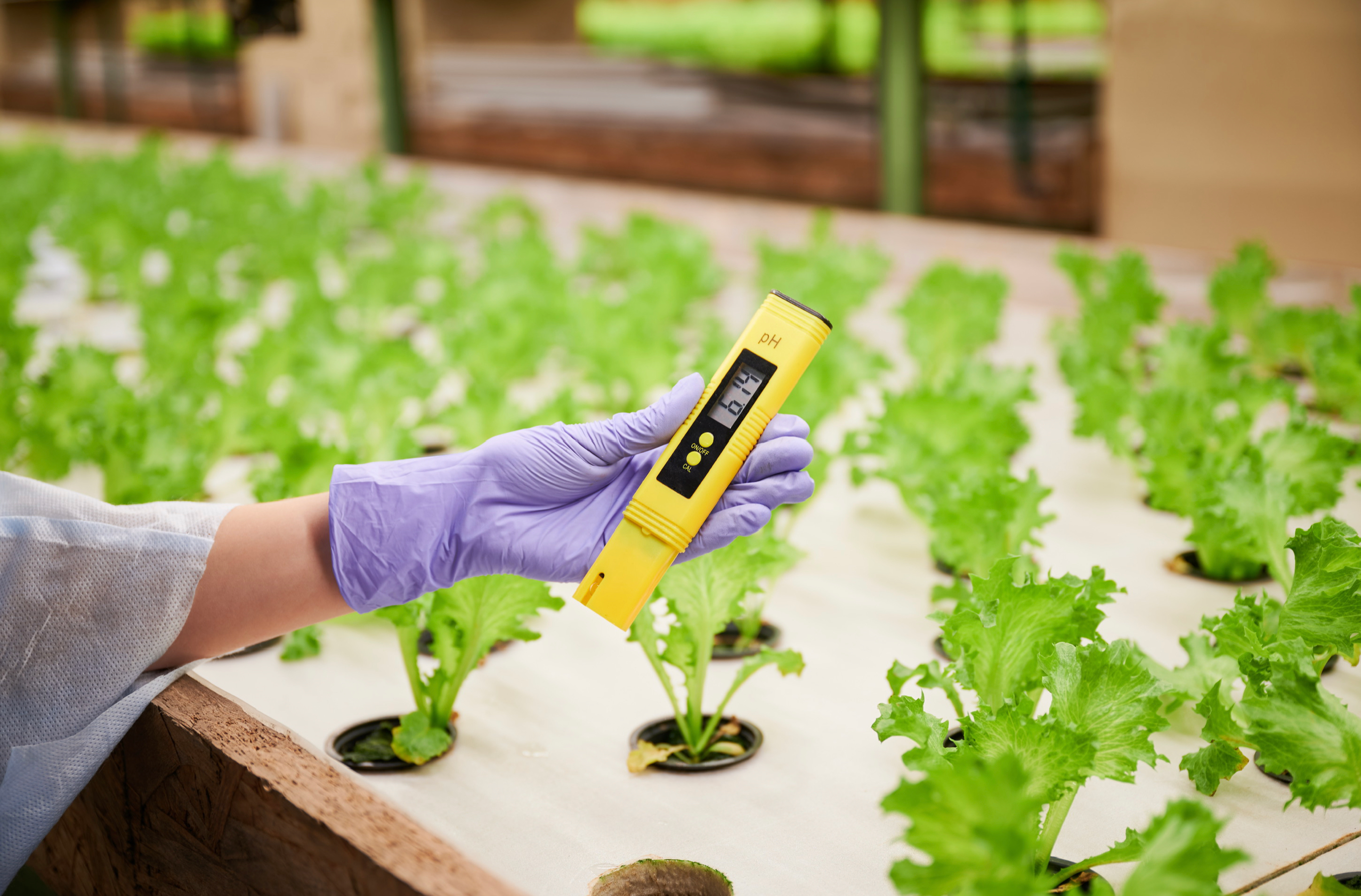Hydroponics vs Soil - Which is Better?
Which Method is Better for Growing Your Plants? Hydroponics vs Soil
You may have heard about hydroponics, and you might be wondering what is so great about it and whether it’s better than growing plants in soil. Hydroponics is a method of gardening that allows you to grow plants in a nutrient-rich solution, without any soil. While it may sound unusual and futuristic, hydroponics isn’t new. In the past, it’s been used at the Hanging Gardens of Babylon, the floating gardens in China, and it’s been used by NASA to grow bean seedlings in space.
Many people think that plants need soil to grow, but that’s not true. Plants need light, air, water, nutrients, and space to grow. In traditional gardening, plants get their nutrients from soil, and soil also supports the plants’ roots. Hydroponics uses water instead of soil to provide plants with what they need in terms of water, nutrients, and oxygen. In hydroponics, plants can base their roots in a growing medium—things like coconut coir (or coco coir for short), perlite, rockwool, and more, and the nutrients are delivered straight to plants’ roots via a nutrient solution, which is nutrients either in liquid or powdered form dissolved in water. Nutrients can get delivered the roots of plants in a variety of different ways, such as flooding, misting, or immersion. So, unlike in traditional gardening, the plants’ roots don’t have to search for the nutrients in the soil.
With that said, let’s take a look at the benefits and drawbacks of both growing methods and see whether one is better than the other.
Hydroponics vs Soil - Space Requirements
Traditional soil gardening takes up quite a bit of space, whether you are growing in the ground, in raised beds, or even in containers. With hydroponics, you can grow more plants using less space. When grown in soil, plants’ roots need to spread out in order to find nutrients. However, in hydroponics, nutrients are delivered straight to the roots of plants, which means they won’t have to grow as large. Because of that, you can grow plants closer together and get better yields from less space than if you were to grow the same plants in soil. In addition to that, you can set up vertical hydroponic systems to use the available space more efficiently.
Hydroponics vs Soil - Water Consumption
You might think that hydroponics uses more water than traditional gardening simply because hydroponics is essentially growing plants in water, plus in-ground gardens can get watered by rain, which is essentially free water, but that’s not true. Hydroponics uses water very efficiently, and in fact, hydroponic systems typically use 90% less water than traditional soil-based gardening. Most hydroponic systems recirculate the nutrient solution, plus there is very little evaporation because the nutrient solution is stored in a reservoir and is not exposed to the sun.
You do need to change the nutrient solution every 2 weeks in general; however, you need to water plants in the ground once or twice a week, and sometimes even more depending on how hot the weather is and how often it rains. And plants in containers need to be watered daily in most cases. Plus, plants grown in soil or containers need deep watering, and not just to be sprinkled a little. Considering that, it’s not surprising hydroponics requires much less water and uses it much more efficiently than traditional soil-based gardening.
Hydroponics vs Soil - Plant Nutrition
When comparing plant nutrition with regards to hydroponics vs soil, the main difference is how your plants get their nutrients. In hydroponics, plants get the nutrients they need from a nutrient solution, which is essentially nutrients dissolved in water. This means plants don’t have to search for nutrients like in soil, and they get what they need delivered straight to their roots. There are a lot of different nutrient formulas in hydroponics, depending on what type of plants you’re growing and at what growth stage they are, which allows you to tailor your nutrient solution to your plants’ needs. This means plants in hydroponics grow 30–50% quicker and produce better yields than plants grown in soil.
In soil gardening, plants get nutrients from soil. They have to search for nutrients and grow large roots to be able to get nutrients from deeper in the soil. Your soil quality will determine how well and how fast your plants grow. While you can improve your soil quality by adding organic matter to it (like compost), or you can even get around it by growing plants in raised beds or containers, it’s much easier to fulfill your plants’ nutritional needs in hydroponics. All you have to do is make up a nutrient solution, while improving your soil quality is an ongoing process that takes a lot of time and effort.
Hydroponics vs Soil - Pests and Diseases
Hydroponics eliminates the need for soil, which means there will be considerably fewer pests and diseases in hydroponics vs soil. Many pests and diseases are soilborne, and without soil, they simply can’t exist. In addition, hydroponic plants are often grown indoors, which further reduces the risk of pests and diseases. This doesn’t mean there aren’t any pests and diseases in hydroponics, though, but hydroponic plants get attacked by pests and diseases far less frequently than plants grown in soil.
Hydroponics vs Soil - Weeding
One of my favourite things about hydroponics is that there is no weeding involved. Not only will weeds not take away nutrients and water from your plants, but you also won’t have to do any weeding, which is a godsend. If you’ve ever had an in-ground garden, you know what I’m talking about.
Hydroponics vs Soil - Time Required
Hydroponics is much better in terms of time savings than growing in soil. As mentioned previously, you won’t have to do any weeding in hydroponics, which saves a lot of time. In addition, you’ll need to spend less time on pest control and dealing with diseases, since they occur much less frequently in hydroponics vs soil. Maintaining a hydroponic system generally takes less time than maintaining a traditional garden. But most importantly, plants grow much quicker in hydroponics vs soil, which means you’ll get your harvests quicker. What’s even better, you can grow plants all year round with hydroponics indoors or in a greenhouse and not be dependent on weather, which can be so volatile. Clearly, hydroponics is a much better choice in terms of efficiency and time savings.

Hydroponics vs Soil - What You Can Grow
You obviously can grow anything in soil, but what about hydroponics? While you can grow almost any plant in hydroponics, some plants are better suited for hydroponics than others. Leafy greens, such as lettuce, spinach, kale, and arugula, do well in hydroponics, as do things like tomatoes, peppers, and strawberries. It’s better to grow compact plants that have a short growing season hydroponically.
Plants that have a complex root system or produce tall crops, such as corn, tend to be best grown in soil rather than hydroponically. Some plants will survive in hydroponics, but they won’t thrive. These include root vegetables, such as potatoes, sweet potatoes, onions, garlic, carrots, radishes, beets, and turnips.
It is possible to grow squash and melons hydroponically, but you will need a lot of room and support systems in place for the plants and your hydroponic structure so that it doesn’t break. If you are just starting out, you may not initially want to grow squash, melons, corn, shrubs, and fruit or nut trees.
Trees are difficult to grow hydroponically because they’re big, heavy, and have thick roots, which you don’t really have the space for in a hydroponic system. They need a lot of nutrients, space, and ventilation to grow and thrive, and they also need a lot of light to carry out photosynthesis. Dwarf versions of trees are easier to grow, but then they are often transplanted to soil once they have grown too big for a hydroponic system. If you’re determined to grow a tree hydroponically, you could try a fig tree because they have fairly shallow roots.
If you’re determined to grow root crops hydroponically, then the best method for this would be an ebb and flow system because when the water ebbs, the roots get a chance to dry out and get air, and this system also allows the roots to spread out in the tray. If you want to grow heavy fruits, like melons and squash, you could opt for a floating raft to support their weight or supports like in vineyards.
Hydroponics vs Soil - Costs
The costs involved will depend on a few different factors; however, hydroponics will be more costly in most cases. This mainly depends on the size of your hydroponic setup. Larger setups tend to be more cost effective, while smaller systems usually cost more than growing in soil.
Most hydroponic systems use pumps and other electrical equipment, such as timers, which means they need electricity to run. You will also need grow lights, and again, they need electricity, so that’s an additional ongoing cost. Depending on the size of your system, you might need to set up a grow room too. Setting up a grow room involves making the grow room light tight to prevent the light from escaping, painting your walls white or covering them with reflective sheeting to maximize the effectiveness of your grow lights, and setting up a ventilation system. It may sound a bit complicated, but it’s not as hard as it might sound, and setting up a grow room can be as cheap or as costly as you want it to be. We have an article on setting up a grow room here if you want to learn more about it.
Conclusion
Hydroponics and growing in soil both have their benefits and drawbacks; however, hydroponics is often considered better because it’s more efficient, uses less water, plants grow quicker in hydroponics, you can grow more plants in the same space and incorporate vertical hydroponic setups, there are fewer pests and diseases, no weeding, and you can grow hydroponically all year round indoors or in a greenhouse.
However, hydroponics is generally more costly than growing in soil, and some plants don’t do well in hydroponics, like root crops, big plants, such as squash, melons, and corn, as well as shrubs and trees.
Whether hydroponics is better than growing in soil depends on your situation and what you want to grow. If you have limited space, or the soil in your garden is not very good, hydroponics is an excellent choice for certain plants, such as leafy greens, peppers, tomatoes, strawberries, and more. However, if you want to grow root crops, big plants, like corn, squash, melons, or trees, these need a lot of space and grow much better in soil. With that said, hydroponics is an excellent technique that allows you to grow fresh, delicious produce all year round, and it’s definitely worth trying if you haven’t already!
For more great content check out the Proponics YouTube channel below!

By Max Barnes
Max Barnes is a long-time homesteader and author. Max grows the majority of his own food year-round using a variety of different methods, including hydroponics. Hydroponic gardening plays a huge part in his homestead and self-sufficiency goals.




